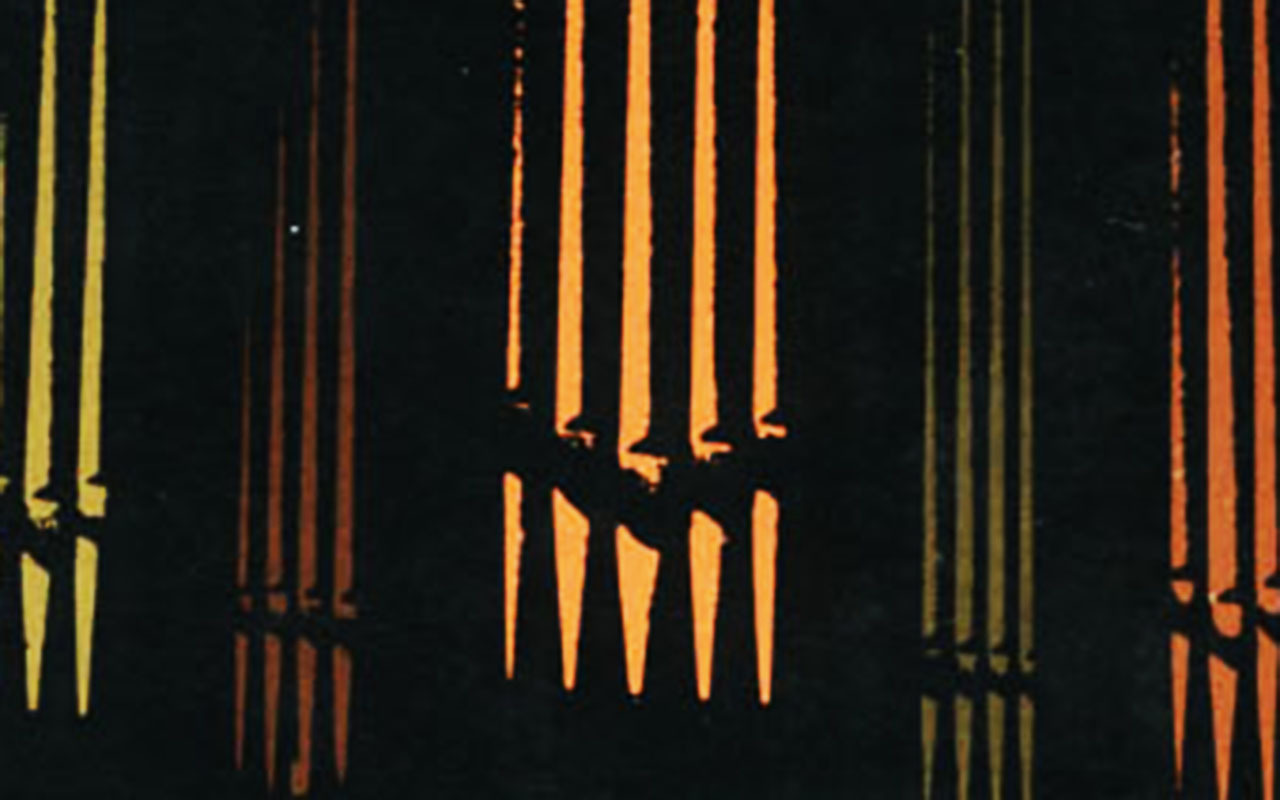The History of the Organ in the United States
From the Spanish mission days of the seventeenth century to the present, the organ mirrors to a remarkable degree its social, economic, and cultural setting. It has unique characteristics that bind it more closely than any other instrument to its location, to social and economic changes, and to fluctuations in musical taste. Immigration, wars, industrial growth, the availability of electricity, the popularity of orchestral music, and the invention of the phonograph and of the player piano all had a part in determining the course of American organ history.
Orpha Ochse provides descriptions and specifications of instruments representative of the various periods of organ building: from the small tracker-action organs built by the colonists to the electropneumatic monsters of the early twentieth century to today's repertoire-oriented instruments. She shows how the design is affected by the intended use of the organ—in a church, a home, or a concert hall—and by the music written for it.
This comprehensive account of the development of the organ in the United States will be valuable not only to players and builders but also to students of Americana.

Table of Contents
Metadata
- isbn978-0-253-05443-2
- publisherIndiana University Press
- publisher placeBloomington, Indiana USA
- restrictionsCC-BY-NC-ND
- rightsCopyright © Trustees of Indiana University
- rights holderIndiana University Press
- rights territoryWorld
- doi
We use cookies to analyze our traffic. Please decide if you are willing to accept cookies from our website. You can change this setting anytime in Privacy Settings.


